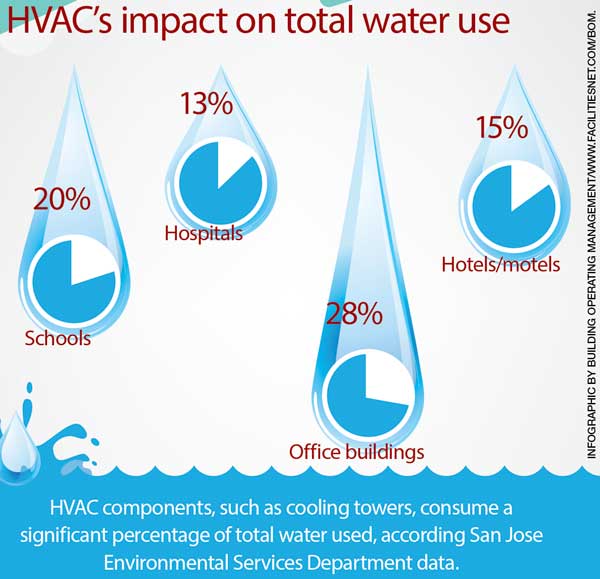The Ultimate Overview To Recognizing Warm Pumps - Exactly How Do They Function?
The Ultimate Overview To Recognizing Warm Pumps - Exactly How Do They Function?
Blog Article
Written By-Forrest Gylling
The very best heat pumps can save you substantial amounts of money on energy bills. They can likewise help reduce greenhouse gas discharges, specifically if you utilize electricity instead of nonrenewable fuel sources like propane and home heating oil or electric-resistance furnaces.
Heat pumps function significantly the like ac unit do. This makes them a viable option to traditional electric home heater.
Exactly how They Work
Heatpump cool down homes in the summer season and, with a little assistance from power or natural gas, they provide several of your home's home heating in the wintertime. They're a good alternative for people who want to lower their use fossil fuels yet aren't all set to change their existing heating system and air conditioning system.
They count on the physical truth that also in air that appears too cool, there's still energy existing: cozy air is always relocating, and it wants to move into cooler, lower-pressure environments like your home.
The majority of ENERGY STAR licensed heat pumps operate at close to their heating or cooling capability throughout most of the year, minimizing on/off biking and saving energy. For the very best efficiency, concentrate on systems with a high SEER and HSPF score.
The Compressor
The heart of the heat pump is the compressor, which is also referred to as an air compressor. This mechanical moving tool utilizes prospective power from power development to raise the stress of a gas by reducing its quantity. It is different from a pump in that it only works with gases and can't deal with fluids, as pumps do.
Atmospheric air goes into the compressor through an inlet valve. It travels around vane-mounted arms with self-adjusting size that split the interior of the compressor, producing several dental caries of varying size. The rotor's spin pressures these cavities to move in and out of stage with each other, pressing the air.
The compressor pulls in the low-temperature, high-pressure refrigerant vapor from the evaporator and compresses it into the warm, pressurized state of a gas. This process is repeated as needed to provide heating or cooling as called for. The compressor additionally includes a desuperheater coil that recycles the waste warm and adds superheat to the refrigerant, changing it from its fluid to vapor state.
The Evaporator
The evaporator in heat pumps does the same thing as it carries out in fridges and ac unit, changing fluid cooling agent right into an aeriform vapor that removes warm from the area. see this site would not function without this critical piece of equipment.
This part of the system is located inside your home or structure in an interior air trainer, which can be either a ducted or ductless system. It contains an evaporator coil and the compressor that compresses the low-pressure vapor from the evaporator to high pressure gas.
Heat pumps take in ambient warmth from the air, and then utilize electrical power to move that warm to a home or company in heating setting. That makes them a lot much more power efficient than electric heaters or heaters, and because they're making use of clean electrical energy from the grid (and not shedding gas), they likewise produce much fewer exhausts. That's why heatpump are such fantastic ecological selections. (And also a huge reason that they're becoming so prominent.).
The Thermostat.
Heat pumps are fantastic options for homes in cool climates, and you can use them in combination with traditional duct-based systems and even go ductless. https://simontxccc.izrablog.com/29856076/heatpump-vs-heating-system-which-is-the-better-home-heating-alternative-for-your-home 're a great alternative to nonrenewable fuel source furnace or typical electric heating systems, and they're a lot more lasting than oil, gas or nuclear cooling and heating equipment.
Your thermostat is the most essential element of your heatpump system, and it functions really in different ways than a traditional thermostat. All mechanical thermostats (all non-electronic ones) work by using materials that change dimension with raising temperature level, like curled bimetallic strips or the expanding wax in a cars and truck radiator valve.
These strips include two different types of metal, and they're bolted together to create a bridge that finishes an electrical circuit connected to your a/c system. As the strip gets warmer, one side of the bridge increases faster than the various other, which creates it to bend and signal that the heating unit is required. When the heatpump remains in home heating setting, the reversing valve turns around the flow of refrigerant, so that the outdoors coil currently operates as an evaporator and the interior cylinder comes to be a condenser.